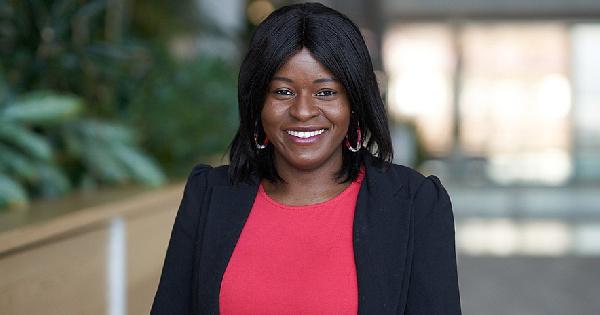Amie Fornah Sankoh recently shattered barriers by officially becoming the first deaf Black woman in America to receive a doctoral degree in the crucial STEM fields of science, technology, engineering and math.
Overcoming Childhood Hardship
Born in war-torn Sierra Leone, Sankoh lost her hearing at age 3. She struggled significantly in elementary school as educational resources to teach deaf students remained scarce.
Her father later sent the 12-year-old to live with a friend in America, hoping she may regain hearing.
Discovering Passion For Math And Science
Because doctors could not restore Sankoh’s hearing, over time she found community while learning American Sign Language.
Sankoh also discovered academic strengths in visual subjects like math, leading her into complex formulas. An affinity for observing chemical reactions soon sparked a passion for chemistry in her as well.
Earning STEM Credentials
After high school, Sankoh’s scientific interests inspired her college studies. She obtained associate and bachelor’s degrees in lab science and biochemistry from the National Technical Institute for the Deaf.
Hands-on research experiences further compelled her to pursue the advanced doctoral program at the University of Tennessee, Knoxville.
Completing Pioneering PhD
Though Sankoh faced communication barriers in graduate school, she persevered through obstacles and self-doubt. Her groundbreaking triumph became complete when she successfully defended her thesis on plant-pathogen interactions.
Sankoh hopes her inspirational journey empowers other marginalized groups to confidently pursue STEM careers. Against the odds stacked against a war-torn and hearing-impaired African girl decades ago, Amie Fornah Sankoh this spring earned a doctoral degree breaking gender and racial barriers in America’s STEM fields.
The war-scarred toddler arrival hardly imagined living in America, let alone studying intricate chemical processes enabling pathogen interactions. But a underlying affinity with visual equations provided latent traction towards unmatched success.





